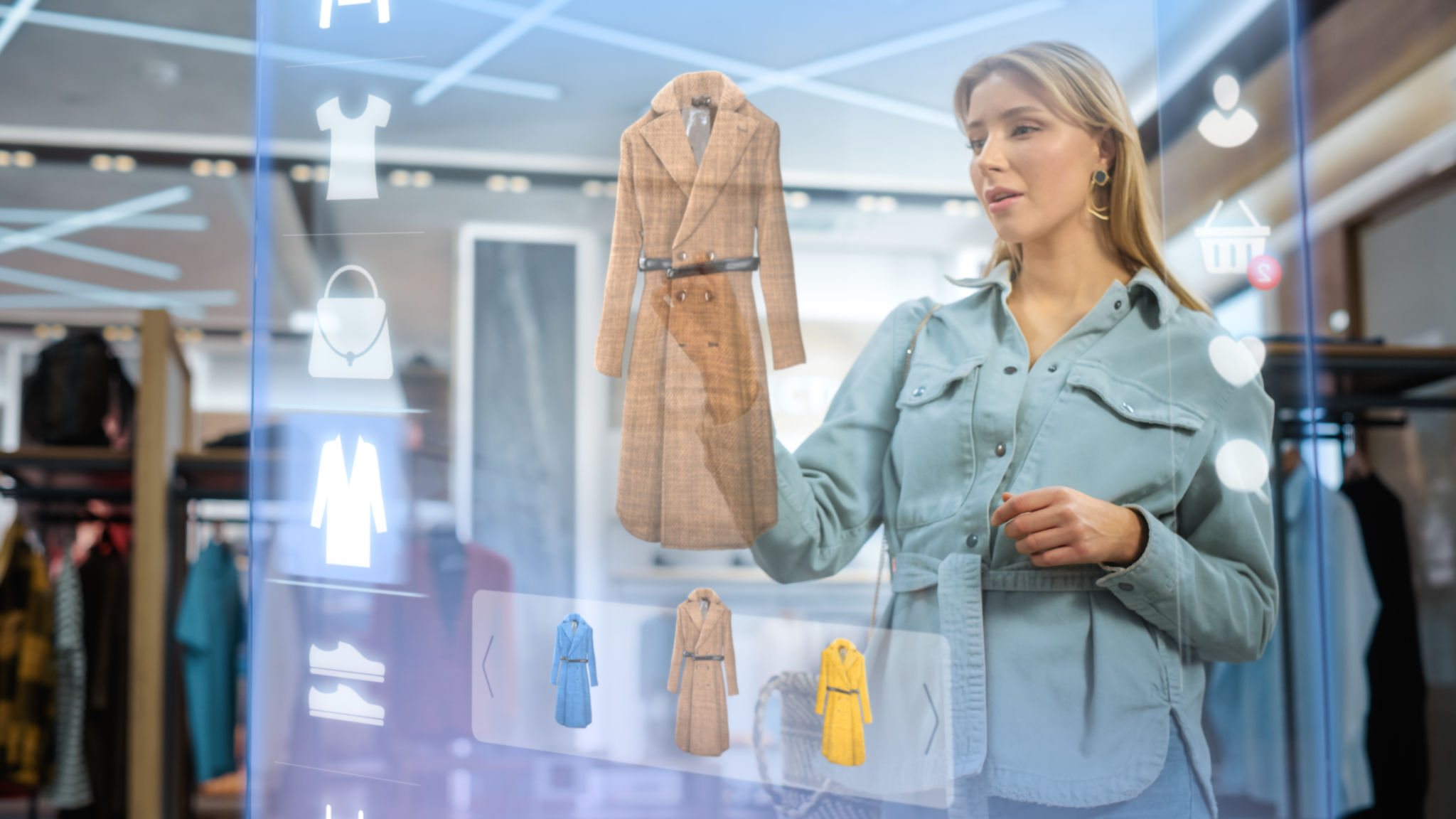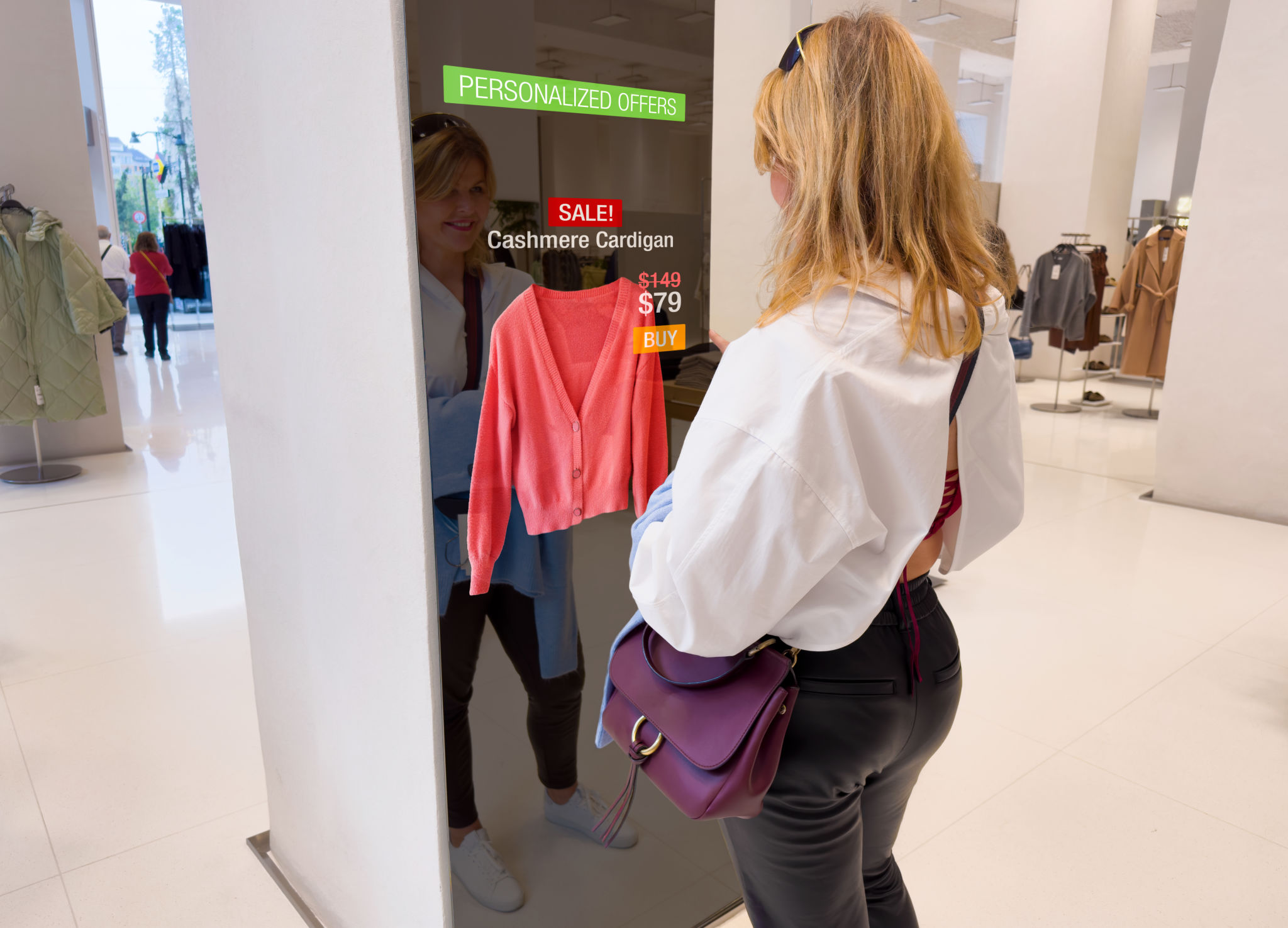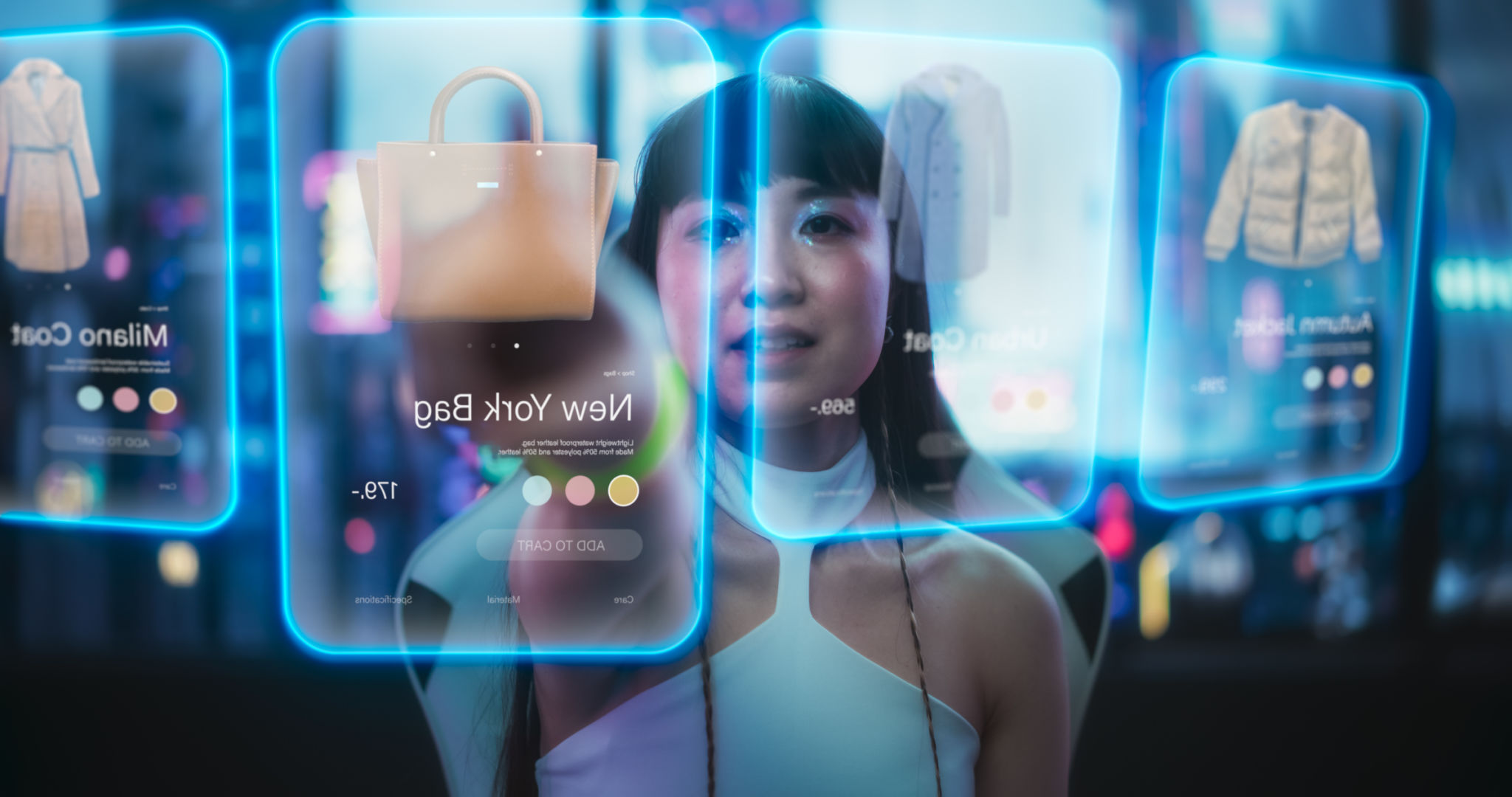Exploring the Benefits of Interactive Shopping Experiences in Fashion Retail
The Rise of Interactive Shopping Experiences
In recent years, the fashion retail landscape has been transformed by the rise of interactive shopping experiences. These experiences leverage technology to engage customers in ways that traditional shopping methods never could. As the digital world continues to evolve, fashion retailers are embracing these innovations to create more personalized and engaging customer journeys.
Interactive shopping not only enhances customer satisfaction but also helps retailers stand out in a competitive market. By incorporating elements like virtual fitting rooms, augmented reality (AR), and interactive displays, brands can offer unique experiences that cater to the needs and preferences of modern shoppers.

Enhancing Customer Engagement
Interactive shopping experiences significantly boost customer engagement by making shopping more enjoyable and immersive. For instance, virtual fitting rooms allow customers to see how clothes will look on them without physically trying them on. This not only saves time but also reduces the hassle of changing rooms.
Moreover, augmented reality allows customers to visualize products in real-world settings. By using AR apps, shoppers can see how a pair of shoes might look with different outfits or how a handbag complements their style. This level of interactivity creates a deeper connection between the customer and the brand.

Personalized Shopping Journeys
Personalization is a key component of interactive shopping experiences. Retailers can tailor their offerings based on individual preferences and behavior, providing recommendations that resonate with each customer. This is often achieved through data analytics and machine learning algorithms that analyze shopping patterns and predict future preferences.
Such personalized interactions enhance customer loyalty by making shoppers feel valued and understood. When customers receive recommendations that align with their taste, they are more likely to make purchases and return for future shopping.
Innovative In-Store Experiences
While online shopping continues to grow, brick-and-mortar stores remain crucial in the retail ecosystem. Interactive technologies can breathe new life into physical stores by creating experiences that are both entertaining and informative. For example, interactive mirrors in dressing rooms can suggest complementary items or offer styling tips, turning a simple fitting session into a personalized fashion consultation.

In addition, digital kiosks can provide detailed product information, customer reviews, and even allow for instant purchases. These innovations help bridge the gap between online convenience and in-store tactile experiences.
The Future of Fashion Retail
As technology advances, the potential for interactive shopping experiences in fashion retail is vast. Retailers who embrace these innovations are likely to see increased customer satisfaction and loyalty. The key lies in balancing technology with human touch, ensuring that interactive elements enhance rather than replace personal interactions.
With the continuous integration of artificial intelligence, virtual reality, and other emerging technologies, the future of fashion retail promises to be more dynamic and exciting than ever before. Fashion brands that adapt and evolve with these trends will not only survive but thrive in this rapidly changing landscape.

